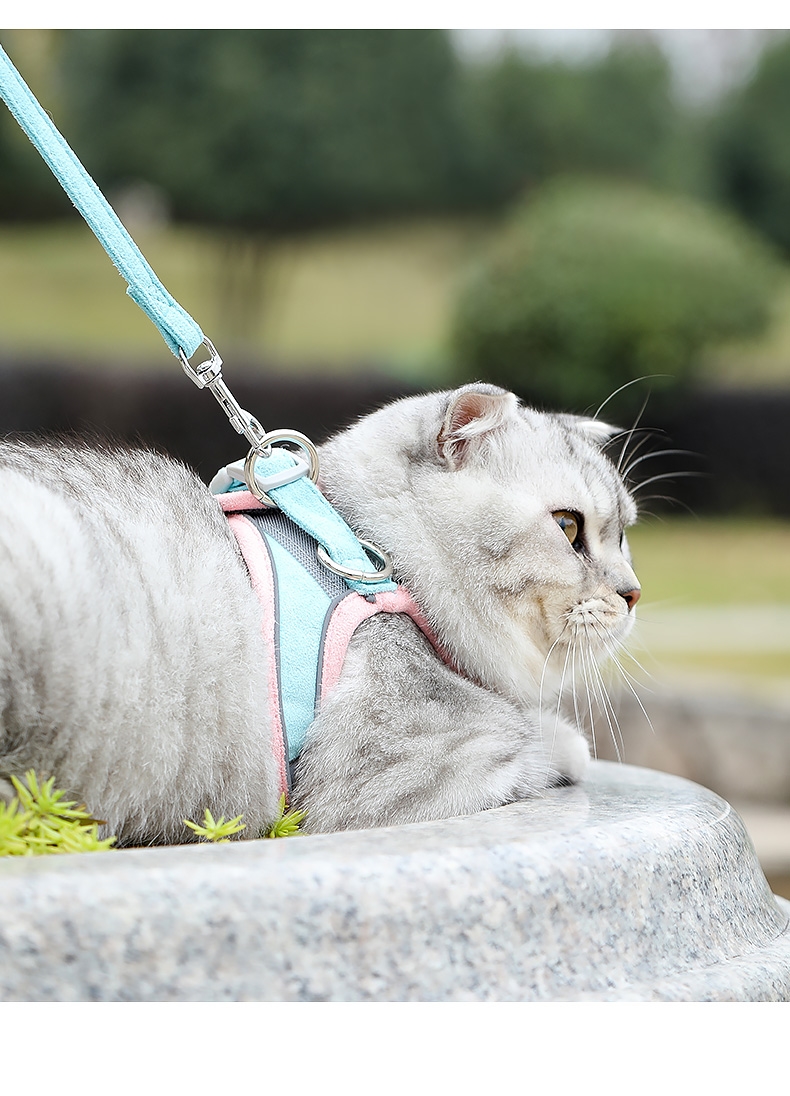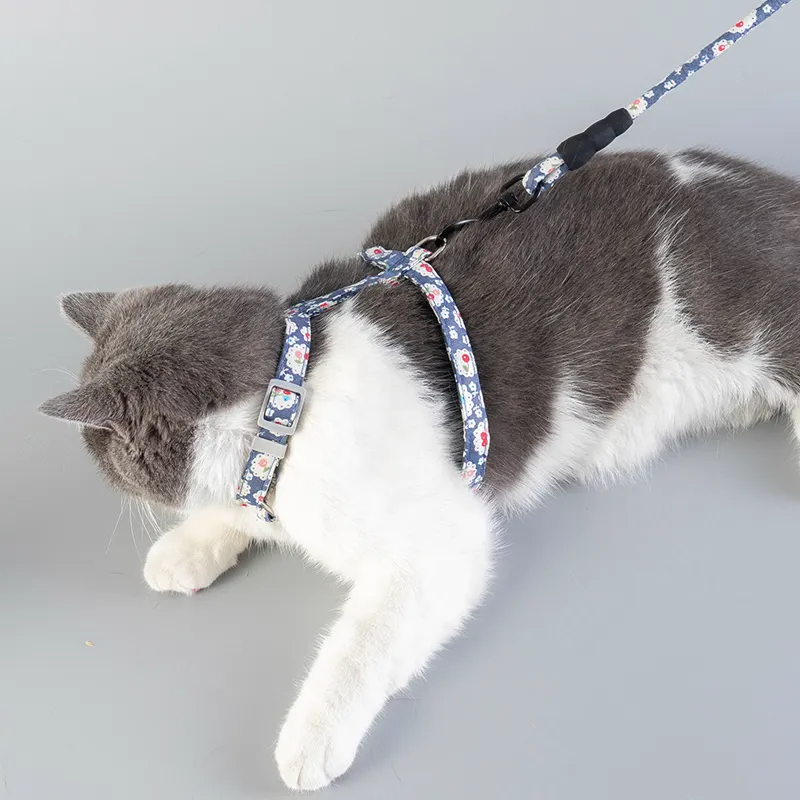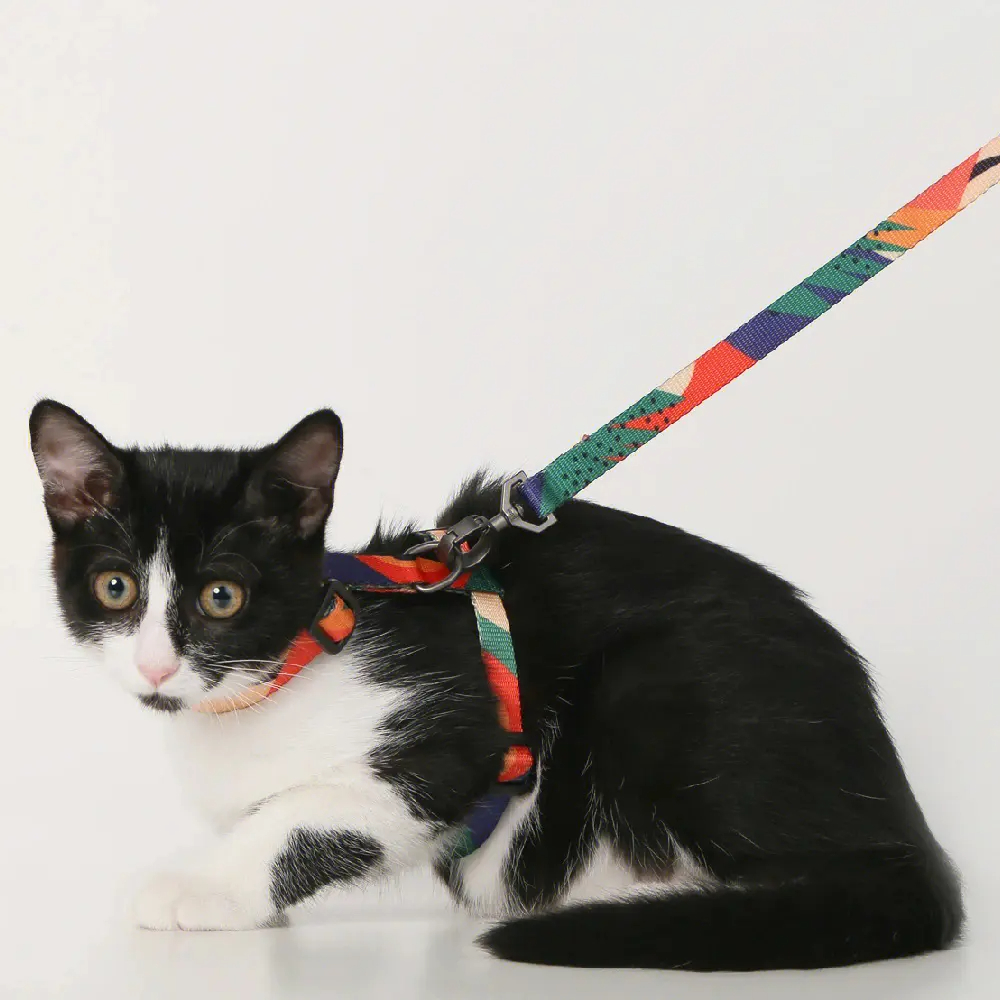Introduction: Unraveling the Mystery of Walking Cats
Cats have long been associated with independence and free-spiritedness, often roaming around at their own leisure. However, the idea of walking a cat on a leash has gained popularity in recent years, challenging the notion that cats are strictly indoor creatures. In this article, we’ll delve into the fascinating world of walking cats on leashes, exploring the benefits, challenges, and techniques involved in this unique adventure.
Understanding Cat Behavior: The Curious Nature of Felines
Before considering leash training for your cat, it’s essential to understand their behavior and instincts. Unlike dogs, which are naturally inclined to follow their owners, cats have a strong sense of independence and territoriality. They are also highly sensitive to their surroundings and may become easily startled or stressed in unfamiliar environments. However, many cats are also curious creatures who enjoy exploring new sights and smells, making leash walking a potentially enriching experience for them.

Benefits of Walking Cats: Promoting Physical and Mental Stimulation
While cats are adept at entertaining themselves indoors, they can benefit greatly from outdoor exploration under the right circumstances. Walking a cat on a leash provides both physical exercise and mental stimulation, allowing them to satisfy their natural instincts while safely supervised. Outdoor exposure can also prevent boredom, reduce anxiety, and strengthen the bond between cats and their owners. Additionally, leash walking can help overweight cats shed excess pounds and alleviate behavioral issues caused by pent-up energy.
Leash Training: Patience, Persistence, and Positive Reinforcement
Leash training a cat requires patience, persistence, and a gentle approach. It’s essential to introduce the concept gradually and make the experience as positive as possible for your feline friend. Begin by allowing your cat to familiarize themselves with the leash and harness indoors, offering treats and praise to create positive associations. Once they’re comfortable wearing the gear, start by walking them around the house, gradually increasing the duration and distance of the walks. Be prepared for setbacks and be patient with your cat as they adjust to this new experience.

Choosing the Right Gear: Harnesses, Leashes, and Safety Considerations
Selecting the right gear is crucial for a successful leash walking experience with your cat. Opt for a harness specifically designed for cats, as collars can be dangerous and uncomfortable for them. Look for harnesses with adjustable straps and secure closures to ensure a proper fit. Likewise, choose a lightweight and retractable leash that gives your cat freedom of movement while maintaining control. Always prioritize safety by checking the gear for any signs of wear and tear and never leave your cat unattended while wearing the harness and leash.
Exploring Outdoor Environments: Finding the Right Locations
When it comes to walking your cat on a leash, choosing the right outdoor environments is key to their enjoyment and safety. Start by selecting quiet, low-traffic areas with minimal distractions and potential hazards. Avoid busy streets, crowded parks, and areas frequented by dogs, as these can be overwhelming and stressful for cats. Instead, opt for peaceful nature trails, quiet neighborhoods, or enclosed spaces where your cat can explore at their own pace. Always be mindful of your surroundings and be prepared to intervene if your cat shows signs of discomfort or distress.

Overcoming Challenges: Addressing Common Concerns
Leash walking cats may pose unique challenges compared to dogs, but with patience and perseverance, these obstacles can be overcome. Some common concerns include cats refusing to walk or becoming frightened by unfamiliar stimuli. If your cat seems reluctant to walk, try using treats or toys to motivate them and gradually increase their confidence. If they become anxious or frightened, stay calm and offer reassurance, allowing them to retreat to a safe space if needed. Remember that every cat is unique, and it may take time to find the right approach that works for them.
Leash Training: Patience, Persistence, and Positive Reinforcement
Leash training a cat requires patience, persistence, and a gentle approach. It’s essential to introduce the concept gradually and make the experience as positive as possible for your feline friend. Begin by allowing your cat to familiarize themselves with the leash and harness indoors, offering treats and praise to create positive associations. Once they’re comfortable wearing the gear, start by walking them around the house, gradually increasing the duration and distance of the walks. Be prepared for setbacks and be patient with your cat as they adjust to this new experience.

Choosing the Right Gear: Harnesses, Leashes, and Safety Considerations
Selecting the right gear is crucial for a successful leash walking experience with your cat. Opt for a harness specifically designed for cats, as collars can be dangerous and uncomfortable for them. Look for harnesses with adjustable straps and secure closures to ensure a proper fit. Likewise, choose a lightweight and retractable leash that gives your cat freedom of movement while maintaining control. Always prioritize safety by checking the gear for any signs of wear and tear and never leave your cat unattended while wearing the harness and leash.
Exploring Outdoor Environments: Finding the Right Locations
When it comes to walking your cat on a leash, choosing the right outdoor environments is key to their enjoyment and safety. Start by selecting quiet, low-traffic areas with minimal distractions and potential hazards. Avoid busy streets, crowded parks, and areas frequented by dogs, as these can be overwhelming and stressful for cats. Instead, opt for peaceful nature trails, quiet neighborhoods, or enclosed spaces where your cat can explore at their own pace. Always be mindful of your surroundings and be prepared to intervene if your cat shows signs of discomfort or distress.

Conclusion: Embarking on a Feline Adventure
Walking a cat on a leash opens up a world of possibilities for feline enrichment and exploration. By understanding their behavior, providing patient leash training, choosing the right gear, and selecting suitable outdoor locations, you can embark on a feline adventure that strengthens the bond between you and your cat while promoting their physical and mental well-being. While leash walking may not be suitable for every cat, for those who enjoy it, it offers a rewarding experience that allows them to satisfy their natural instincts and indulge their curiosity in a safe and controlled manner. So, grab your harness, leash, and a bag of treats, and get ready to embark on a feline adventure like no other!










